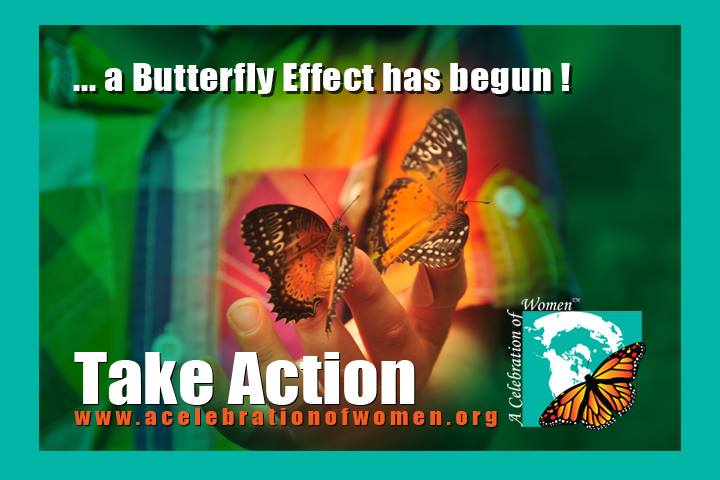Statement from HHS Secretary Kathleen Sebelius on World AIDS Day
On December 1, World AIDS Day, we remember those we have lost, but also celebrate the remarkable progress made in the global fight against HIV/AIDS. When the first World AIDS Day was observed in 1988, we could not imagine the end of the HIV/AIDS epidemic. For those diagnosed with HIV infection, the future was bleak.
This year, the picture is very different. Scientific advances in understanding HIV, and an increasing number of treatment options, are turning the tide for millions of people living with HIV/AIDS in the U.S. and around the world. We are greatly encouraged by evidence that new HIV infections have declined by 50 percent or more in 25 low and middle income countries.
Smart and thoughtful public policy is also making a difference, as we move steadily toward the goal of creating an AIDS-free generation.
On the domestic front, the Obama Administration’s National HIV/AIDS Strategy (NHAS) continues to provide a compelling vision and roadmap for our efforts to end the epidemic in the U.S. The NHAS helps federal, state and local partners focus on key factors that drive the epidemic and put more resources into the communities and populations with the highest risk. Because of the incredible work and dedication of patients, families, researchers, advocates and communities working together to achieve the vision of the NHAS, we have a unique opportunity to significantly alter the course of the HIV/AIDS epidemic in the United States.
On the global front, Secretary of State Hillary Rodham Clinton has released the President’s Emergency Plan for AIDS Relief (PEPFAR) Blueprint: Creating an AIDS-free Generation. The blueprint details what the U.S. Government is contributing toward achieving an AIDS-free generation. The blueprint also highlights that the U.S. will remain committed to fighting global AIDS, but recognizes that this is a shared responsibility in which everyone has a role to play, with country governments in the lead.
I am proud of the U.S. Department of Health and Human Services’ (HHS) leadership role in the global response. Many of our agencies—including the Centers for Disease Control and Prevention, the National Institutes of Health, the Health Resources and Services Administration, the Food and Drug Administration, and the Substance Abuse and Mental Health Services Administration; as well as our Office of Global Affairs —conduct global HIV activities as PEPFAR implementers.
Through these efforts, strong partnerships have been formed between HHS and the ministries of health of countries deeply affected by the epidemic. The scientific and technical expertise that HHS brings to the U.S. efforts make it a key partner in implementing the Blueprint, as it is in implementing the NHAS.
Together, the domestic NHAS and the global Blueprint offer the Administration’s vision of the way to reach the goal of an AIDS-free generation. Very specific action steps have been taken to help move us forward in that direction.
One of the key steps in the domestic response to HIV/AIDS is the Affordable Care Act (ACA), which President Obama signed in March 2010. Because of the ACA, an estimated 30 million Americans will gain access to health insurance by 2021. This will increase access to critical HIV testing and prevention services, as well as access to life-extending care and treatment for people living with HIV/AIDS.
Consistent with the goals of the NHAS, the ACA makes considerable strides in advancing equality for and helping people living with HIV/AIDS get the health insurance and care they need and deserve. When fully implemented, insurers will be prohibited from denying coverage to anyone or imposing annual limits on coverage—an important protection for people living with HIV/AIDS.
Many other provisions in the law are already helping people living with HIV/AIDS, including discounts for Medicare beneficiaries on covered brand name drugs in the “donut hole” and the ability to count benefits from the AIDS Drug Assistance Program as contributions toward Medicare Part D’s true Out of Pocket Spending Limit. These provide significant relief for low-income people living with HIV/AIDS.
Preventive measures are critical for those at risk for, or living with, HIV/AIDS. Many private health insurance plans must now cover, at no additional cost, recommended preventive services, such as regular check-ups and certain cancer screenings. In addition, most private health plans must now cover HIV testing without a co-pay for adults and adolescents at higher risk and HIV testing and counseling for sexually active women. Medicare also covers certain recommended preventive services, including HIV screening for individuals at increased risk, without cost-sharing or deductibles. These preventive measures help people living with HIV/AIDS stay healthy while preventing the spread of HIV.
The ACA also improves prevention efforts by making critical investments in public health surveillance, community-based programs, and outreach. To ensure all populations are treated equitably, the law expands initiatives to strengthen cultural competency training for all healthcare providers. It bolsters Federal commitment to reducing health disparities, expands the healthcare workforce, and increases funding for community health centers. Each of these efforts helps to protect those at greatest risk for, or living with, HIV/AIDS.
Because of the ACA, a series of investments to help providers support patients with chronic disease like HIV/AIDS are available. Under the law, states can receive extra federal funding to support high-quality coordinated care through Health Homes for Medicaid beneficiaries with chronic health needs. The goal of a Health Home is to treat the whole person, coordinating all their care from primary and acute care to behavioral health and long-term services.
Today, I am proud to announce that we will be issuing a rule to explicitly include HIV/AIDS on the list of chronic conditions that every state may target in designing effective Health Homes. This will make it easier for states to provide coordinated care for people living with HIV/AIDS.
Finally, we persist in our work to fight the stigma that continues to hamper our attempts to address the threat of HIV/AIDS. Several efforts, including CDC’s “Let’s Stop HIV Together” and “Testing Makes Us Stronger” campaigns address stigma and discrimination.
Individuals can also take direct action to fight this stigma. We encourage people to join with thousands of others in an innovative photo-sharing initiative called “Facing AIDS.”
Individuals can also utilize AIDS.gov’s Smart phone app to take their own photo, write their own message, and upload it to the online gallery. By putting human faces to HIV/AIDS, we can help reduce the stigma around the disease and promote HIV testing.
Every World AIDS Day brings us closer to an AIDS-free generation. I am grateful to be part of an Administration and Department that are committed to that goal. I am also grateful to those who work diligently every day to put an end to the HIV/AIDS epidemic—both here in the U.S. and around the world.
Online Resources:
HHS Secretary Kathleen Sebelius on World AIDS Day
December 1, 2012 by







